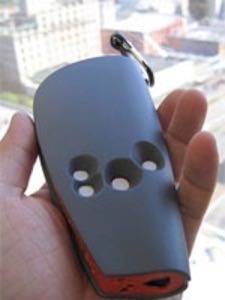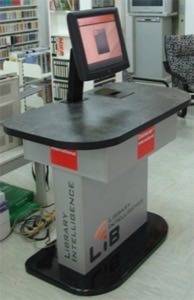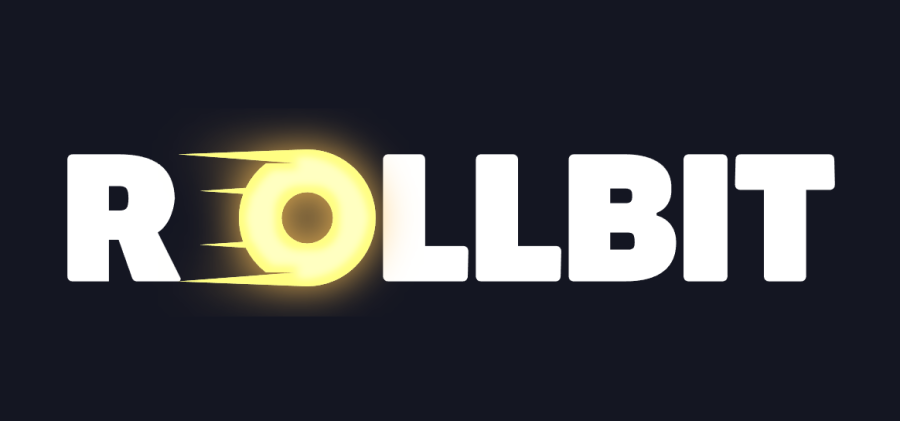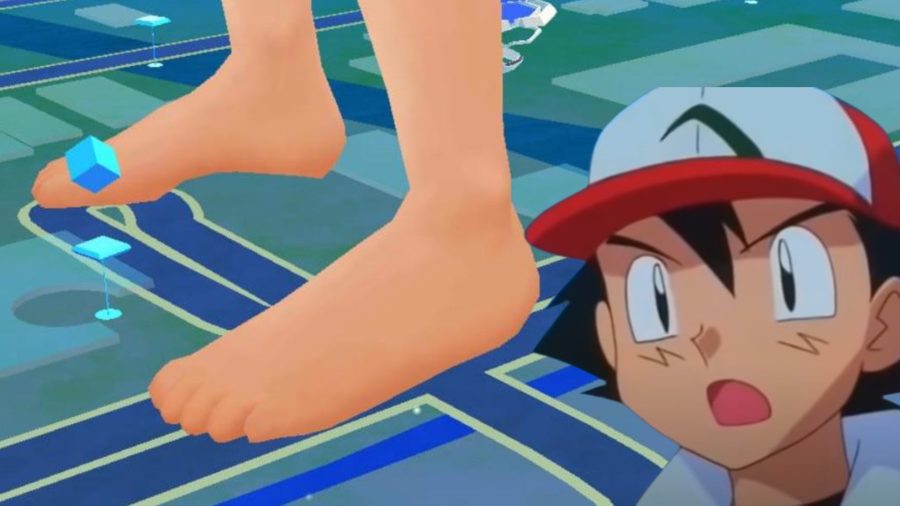In Part 1 of this series on mobile applications of the future, we looked at apps for food and supply chains, retail, and social networking. In Part 2, we check out ideas and early prototypes for mobile apps that literally interact with the world around you: buildings, objects and the environment.

The ideas in this post come from a session at the recent ReadWriteWeb Mobile Summit that I convened. Thanks to the participants!
As noted in Part 1, sensors and RFID tags are small computer chips that connect real-world objects to the Internet. Increasingly data from these chips is being accessed and processed using mobile phones, which means a world of new opportunity for start-ups and developers.
Buildings & Objects
RFID data could make building mapping automated and much more accurate. It could identify the location of gas lines, the temperature at various locations, how to optimize air flow in a data center, and more. Likewise, in your home you could have sensors deployed everywhere. For example, in your windows to notify you of any damage.
The ground itself can be monitored using sensors. HP Labs has a seismic sensing solution that is currently deployed by Shell. It integrates with Shell’s oil and gas exploration systems to sense, collect and store geophysical data.
Parking could be a consumer friendly application for sensor data – telling you where are the parking spaces, in real-time.

Tire pressure monitoring and exhaust monitoring could tie into carbon footprints. But who will pay? Government mandates may be required before this happens.
Many libraries are already using RFID, to enable you to (for example) self check out library items.
Security in buildings is a big area of opportunity. Airports is one obvious example and the advent of biometric passports (sometimes called ePassports) is where we’ll likely see a lot of RFID usage.
Speaking of airports, RFID tags on luggage is an application begging to be introduced – as my own tale of lost luggage woe from last year attests.
Collecting tolls from cars using FasTrack is yet another use case for RFID in the physical world.
Environment, Green & Energy
Just as there are plenty of building and object applications waiting to be built on top of sensor and RFID data, there are many opportunities for usage in environmental products and services.
Green Watch is a project that we reviewed at the end of last year. It’s literally a watch, which measures ozone levels and noise pollution. The watch connects wirelessly to the wearer’s mobile phone and sends updates to Citypulse, an open platform for receiving and storing environmental data. It’s still a prototype at this point, but (ahem) watch out for it in the future.

Another prototype project is the Common Sense Research Project at Berkeley, which measures air quality. The project is “developing mobile sensing technologies that help communities gather and analyze environmental data.” At the Mobile Summit, this notion led to a discussion about the business case for this technology. Whose fault is it for poor air quality; for example can polluting companies be held responsible for air pollution?
One Mobile Summit participant wanted a smart garbage pail that auto reorders an item when you have thrown it out. That segued to a discussion about paying by the weight of garbage. RFID could also be used to match a trash can with its owner!
Sensors could be used to detect the ‘green quality’ of a food producer, for example allergens.
Smart meters from power companies is something that is already happening. Also water – for example IBM’s water management system for the city of Dublin. It measures things such as “the movement of pollutants in fresh water, marine and oceanic environments.”
As you can see, some of these ideas are already in production (HP Labs, IBM). Others are in prototype, still others are but a twinkle in the proverbial milk man’s eye. Now let us know, in the comments, your own ideas for mobile apps that make use of sensor and RFID data.
Image credits: Datascan; Common Sense Project




















